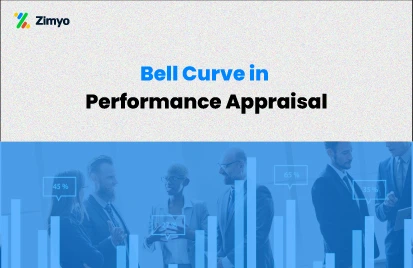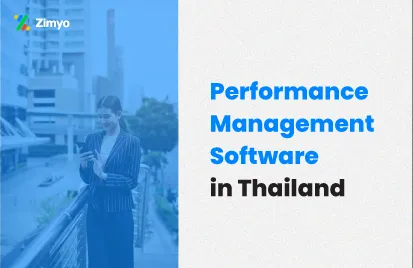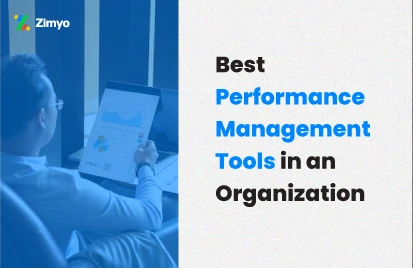Delivering effective and constructive feedback is hard in the best of times, add a pandemic to the mix and you may have a recipe for disaster.
Most managers don’t want to crush their employees’ spirits. Which is why the feedback sessions , especially when employees may be experiencing high levels of stress due to the pandemic, will require some finesse.
If you find yourself in a difficult situation because you don’t know how to navigate the lack of face to face conversations and speak to remote staff, you may need some guidance.
Here are some tips on how to give constructive feedback to your remote employees:
-
Check in FIRST
Don’t just dive in and start giving feedback. Check how the employee is feeling first, by asking questions. Remember to focus on understanding the employees perspective.
Start with, “How did that go?”. Ask “What is the most important thing you are working on today?”.
You want to learn about their experience and what they think of their performance. It will also be easier to raise your concerns if they’ve already voiced them.
If the employee is unaware that their performance needs improvement, you may need to be more direct. But remember to always be polite. “I noticed that X may need more attention.” is a polite but direct way to point out areas that need attention.
Remember that the focus of the employee feedback session is to come up with solutions. Try to involve the employee and come up with solutions to problems and improve areas of concern together.
-
Be Specific and Clear
There is ample space for miscommunication with a remote team. It is more important than ever to be as specific and clear in your feedback as possible. Do not make your employee guess your intentions. State them clearly.
You can use the Situation-Behaviour-Impact method to ensure your feedback is specific and clear.
This model puts the focus on a specific point of time, isolates the behaviour and describes its larger impact. This prevents generic and overblown feedback. Remember to avoid words like “always” in your feedback. For instance, “You are always stressed out.”
Here is an employee feedback example using the Situation-Behaviour-Impact method:
Start by describing the situation. Be as SPECIFIC as possible.
“I noticed in today’s meeting…”
Describe the behaviour you observed.
“You kept interrupting your colleague.”
Describe the impact of this behaviour
“It’s frustrating to not be able to finish a thought…”
Once you have described the behaviour and you’re sure the employee has understood what you are trying to communicate. Iron out and plan what steps they can take to improve.
-
Appreciate BEFORE you Criticise
Feedback is critical for employee growth but managers need to be sensitive to the situation. Don’t bash and go overboard with the criticism, remember your employees are in the midst of a pandemic. This situation is unprecedented and people may not like to be blindsided with unexpected feedback sessions.
State the desired outcome from the conversation at the beginning itself, so the employee knows what to expect from the feedback session. For instance,
“Alisha, one of the things I appreciate most about you is your ability to lead and manage intensive projects. Let’s talk about how we can help you delegate certain tasks to your team so that you can focus on the items that require your attention and expertise.”
In this situation you are clearly stating what you appreciate before you point out the behaviour that needs attention. It also helps to focus on highlighting areas of concern in this way as it showcases that you and your employee have the same goals.
You both want your organisation to succeed, focus on that.
Additionally, it’s important to clearly state what you appreciate.
Don’t say “You’re a good employee.”
Instead make it as concrete and specific as possible. Say, “You’ve mastered the art of communication.”
-
Allow a Response
Good feedback is a two-way street. Don’t just share your feedback and leave. Give your employee the time to digest the feedback and give their point of view. It is incredibly important to keep communication lines open in a remote setting.
Ask them:
“What are your thoughts on the feedback that has been brought up?”
“What do you need?”
“How can I help you?”
“What do you see as the best/worst case scenario?”
“What can we…”
It’s important to hear and digest what the employee shares as well. Once they have stated their point of view, address and incorporate it in the action plan you both chart out for the future.
-
Have the Employee State Their Takeaways
In a remote setting, it is important to ensure that the employee has understood and is aware of the next steps.
Give the employee a brief summary of the items discussed at the end of the feedback session. You can ensure that they have properly received the message by asking them to share their key takeaways.
Ask “What are your top three takeaways from this session?”
Hearing how they have perceived the session will help you understand if they have taken the feedback too negatively. It is better to correct any misunderstandings during the feedback session than to let them ruminate.
Encourage the employee to check in with you in the future and follow up on anything that is unclear.
During the pandemic it’s important to take care to deliver constructive feedback with clarity and sensitivity. This will help ensure that your message is delivered, even in a remote environment.
OTHER TIPS TO KEEP IN MIND:
- Focus on the specific problem, not the employee
- Pick the right time to have this conversation, don’t fit it in a busy working day
- Do not convey feedback on text, ensure it is on video or on a call
- Pay attention to your body language
- Regularly give and ask for feedback
Zimyo’s Performance Management Software focuses on employee engagement, development and performance management.
Our system analyses each employee individually and our 9-box matrix allows HR leaders to view relevant performance data (such as performance score, potential score and critical contributor indicator etc.) at a glance. This will help you give clear and specific employee feedback, backed by data.
Get in touch to know all the ways we can help you tackle the employee feedback process head on!




